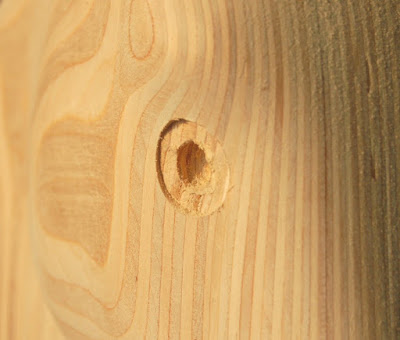Finishing Touches

The only things left now are to fit the forelock, mane and tail, fit the saddlery, and attach the horse to the stand. The rocking horse kit comes complete with a section of a real horse's mane, still attached to the hide. There was more than enough to make the forelock, mane and tail for my horse, but it was pretty dirty and the hide was very dry, making it extremely stiff and hard to work with. The first job, then, is to soak the hide in water overnight to soften up the hide and loosen any dirt stuck to the hairs. Once soaked, the hide becomes very pliable. I washed and rinsed the whole thing several times, using detergent to clean everything up. I did this in the bath in our house, which made things fairly easy, but you might prefer to do it outdoors if you're at all concerned about what might be in the 'dirt'! Once clean, I allowed the hide and hair to dry for a few hours and then took it back out to the garage/workshop. It will take the hide several days to dr...

